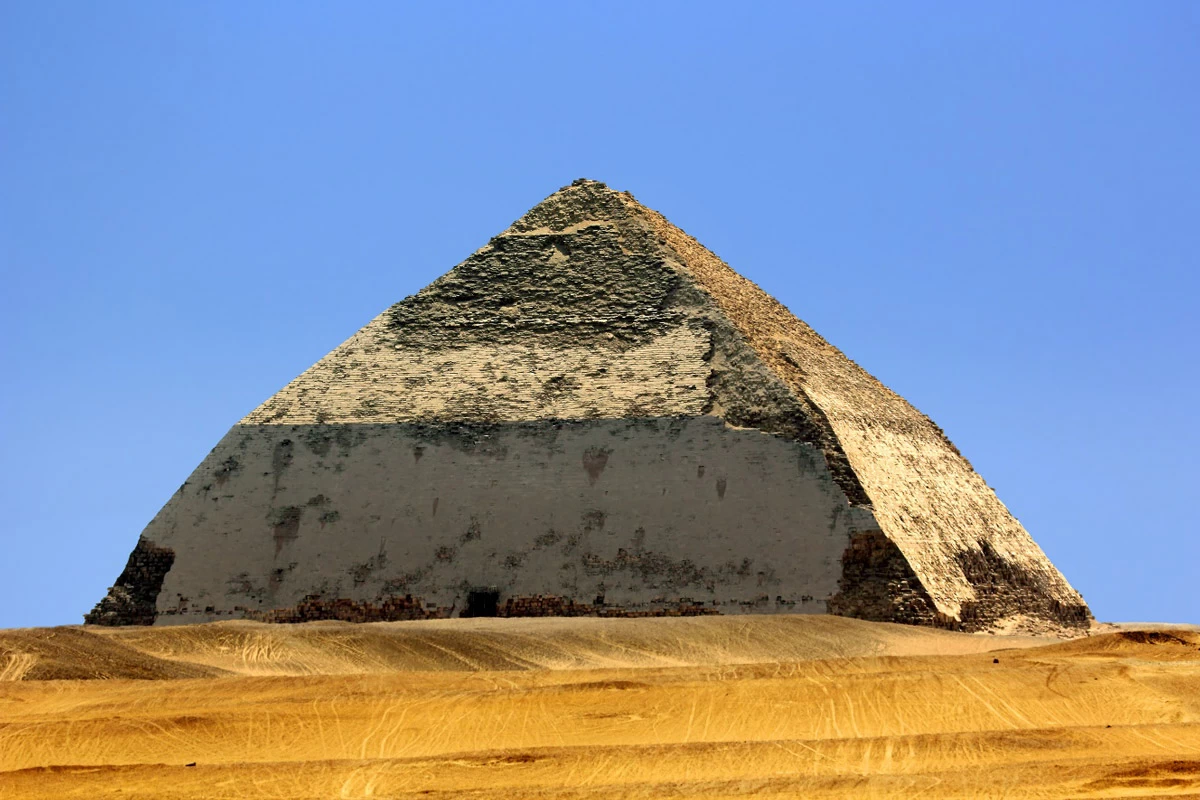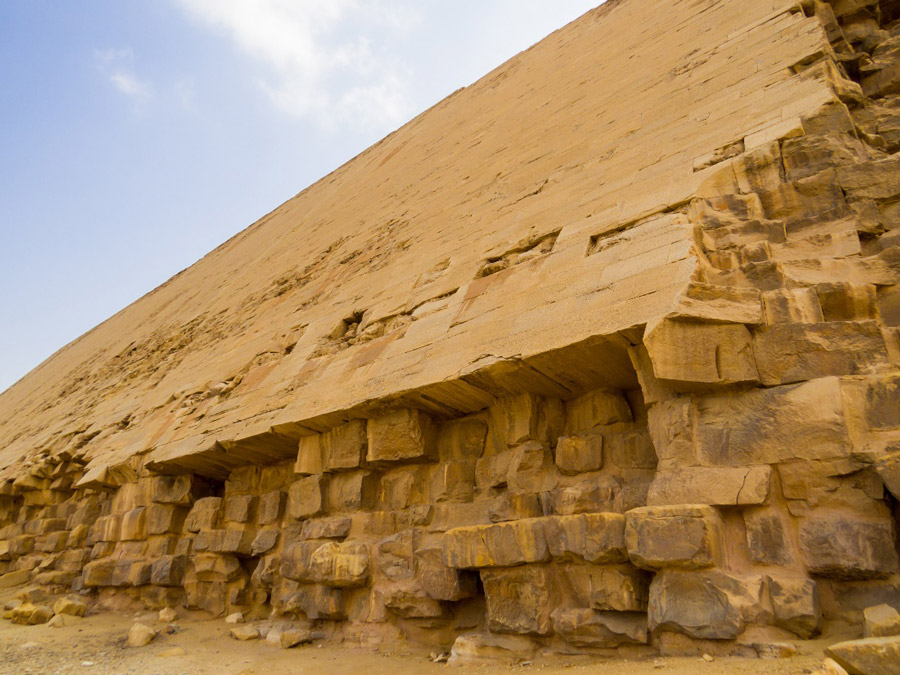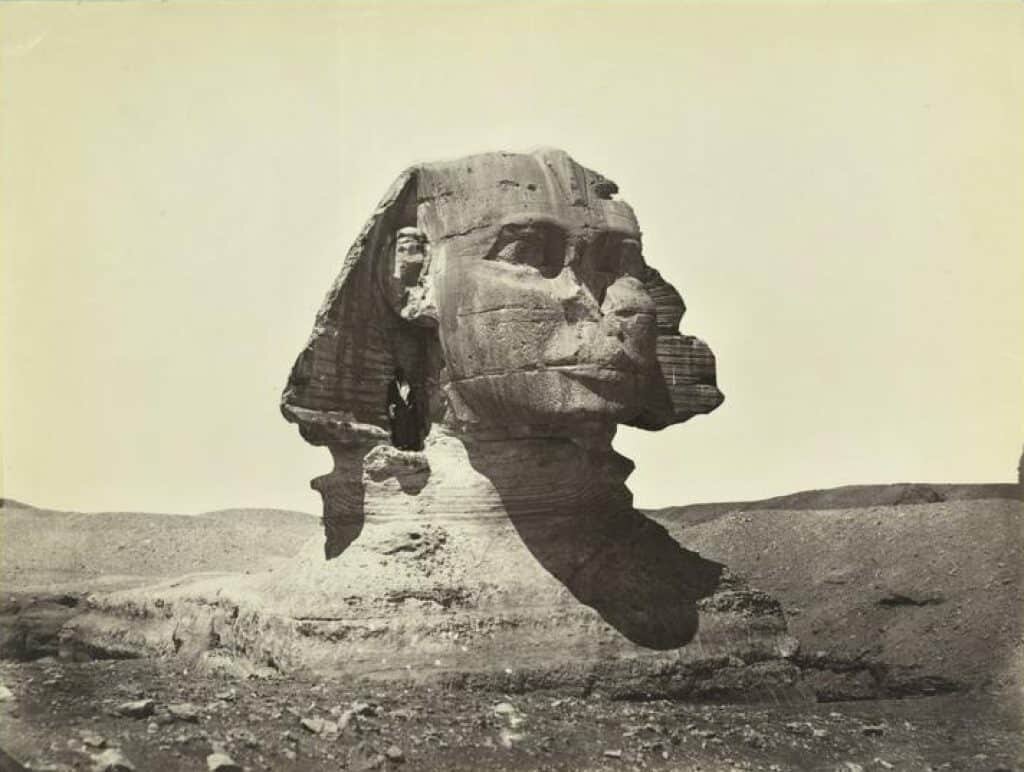What brought you here? Why in this very moment when you could be anywhere doing anything, is it that you have found yourself on this blog? Chances are that you saw the image and it made sense to you! Do you see 11:11? Does it boggle your mind and at times create weird and wonderful confusion? Are you struggling to make sense of its meaning? Don’t worry, I totally understand and I hope this article can be of some comfort and you can see that you’re not alone and that it is not anything to worry about.
This article is not going to be just about 11:11 that is only a small part of the mysterious world of synchronicity. I am going to try and bring some kind of meaning to something that is hard to understand at a logical view point and something that I have to admit I do not fully understand.
The truth is we can try and bring logic to it and explain it in a scientific way, but it is my belief that synchronicity does not work on that kind of level. I know it is something significant, I know that following it brings great things, but it is not something that can be fully understood.
WHAT ARE SYNCHRONICITIES?
Synchronicities are a sequence of more than one event that coincide with each other and have significant meaning related to each other. These events would appear on the surface to be just chance, but are in no way a coincidence.
An example would be- You want to pursue your dream job and you are trying to make an excuse not to do so and for every excuse you make a solution seems to fall in your lap.
Or you attend an event you would usually avoid because every time you switch on the TV, radio or speak with someone it’s all you hear about. Then as a result of attending that event you meet someone significant, like a partner, a business associate or a future friend.
One extreme example from my own life was when I was thinking about giving up on my passion of writing and sharing information about spirituality and growth due to the financial strain it was causing. I had gone online looked up some jobs and was ready to quit, that night I went to bed and said- “If you are going to give me a sign, now is the right time” the next day I received a cheque from a family member that fixed that problem.
Synchronicities differ from coincidence, a coincidence could be you sneezing and at the same time a firework going off. It may be a little weird that it happens, but in most cases there would be no significant meaning.
TYPES OF SYNCHRONICITIES
Predictive- This is where you see, think or do something that links to an outcome. The classic example is thinking of someone and them calling you.
Guiding- This is where all signs guide you to a specific outcome. This could be you thinking of giving up on your music career because of a lack of work and just as you are about to do so, you get a phone call from someone trying to book you for work.
Reflective- This is where you are forced to reflect due to a synchronistic event. An example would be if you decided to cancel your gym membership and then as you go to do it an email hits your inbox about the benefits of exercise, making you reflect on if you have made the right decision or not.
Testing- This is where synchronicity tests you ego. An example would be if you had a food addiction and absolutely loved fried chicken, when thinking about this addiction a fried chicken advert comes on the TV. Testing your ability to fight the temptation. Be strong, don’t do it!!!
SYNCHRONICITIES ARE ALWAYS HAPPENING
One thing I have noticed is that there have always been synchronicities in my life, maybe not quite in the quantity that they are happening now, but they have always been there. Your job is to follow the synchronistic events. The magical thing is- the more you follow them the more they happen.
Don’t go searching for something that is not there, but learn to recognise when something is in front of you. If the perfect relationship seems to fall from the sky at the perfect moment and you decide not to pursue it, you are seeing the synchronicities, but not following them.
When you start to live out these synchronistic events you will start getting the little cosmic nudges, like 11:11 or in my case 33, I see this number everywhere and it was only on a doing a little research I realised the spiritual significance of it.
SYNCHRONICITIES IN YOUR LIFE
Think back to every significant event in your life, I am sure it is full of synchronicities and it is usually the bigger the life event the more synchronicities coincide with it.
The synchronistic events that led towards me being able to work at Truth Theory
Synchronicity number 1: A while back I had a list of around 30 blogs I wanted to write for, out of that list I sent my article- 6 Ideas For An Educational Revolution to Truth Theory.
Synchronicity number 2: The owner of Truth Theory was working on an educational website so he was drawn to the article.
Synchronicity number 3: Out of anywhere in the world he could have lived, he lived just 5 minutes from my house.
Synchronicity number 4: We decided to meet up and it turned out we were pretty much on the same wavelength and that he needed someone to write for Truth Theory and I had been trying to get in front of a bigger audience.
If anyone one of these events didn’t happen, I would not be here writing this article. But they all did and now I am here.
WHAT IS THE POINT OF SYNCHRONICITY?
Synchronicity serves many purposes- it can serve as a reminder that you are on the right path, it can be for guidance, sometimes it is to test you, sometimes it will lead you to form significant relationships and other times it is just for you to stop and be present!
Much love to you and if you want to talk about this article hit me up at lukemiller@truththeory.com with the name of the article as the subject line, I would love to talk to you, just try to keep it as short as possible so I can respond!
If you want to get my free eBook which blends psychology and spirituality to help you create more happiness in your life.






















